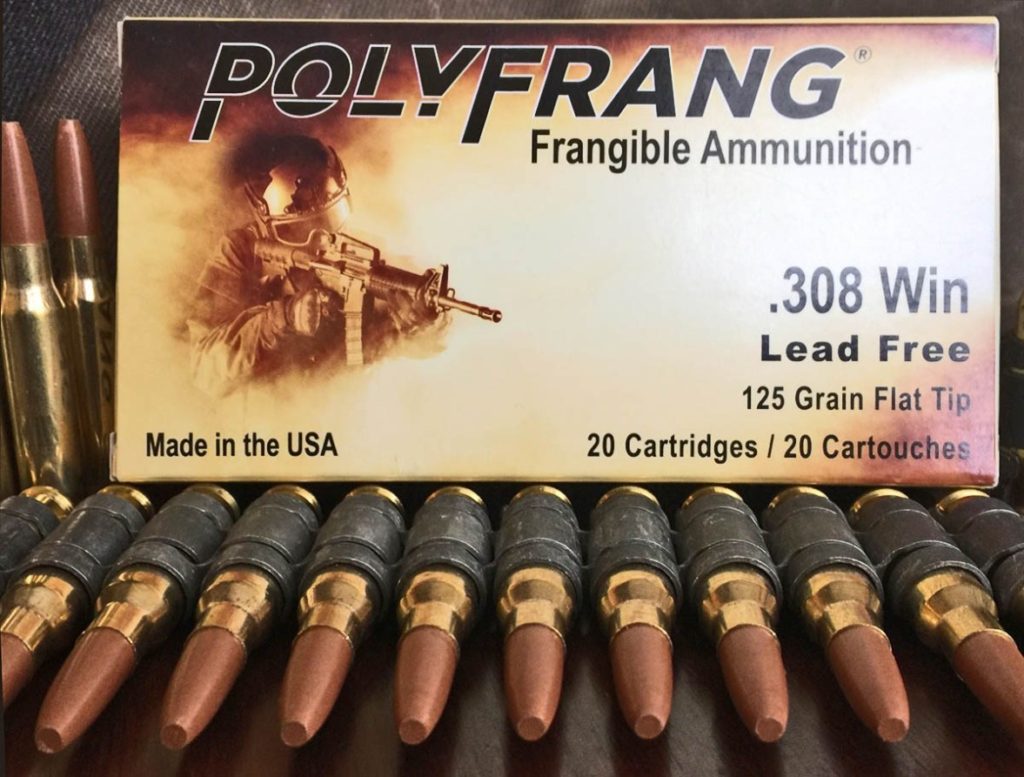Polymer Technology in Frangible Ammunition: Unleashing New Possibilities
Frangible ammunition has long been a game-changer in the world of firearms and tactical engagements. The ability of these bullets to disintegrate upon impact with hard surfaces has revolutionized training scenarios and reduced the risk of collateral damage. However, the innovation doesn’t stop there. The integration of advanced polymer technology into frangible ammunition has opened up a new realm of possibilities, offering enhanced performance, reduced environmental impact, and unprecedented design flexibility.
The Rise of Frangible Ammunition
Traditional ammunition has been the staple of firearms for centuries, but it comes with its fair share of limitations. When fired at steel targets, conventional bullets ricochet and can even damage the target itself, posing a significant safety risk to operators. Frangible ammunition emerged as a solution to these issues. These specialized bullets are engineered to fragment upon impact, eliminating the risk of ricochets and preserving the integrity of steel targets.
Enter Polymer Technology
Polymer technology, a field that has gained immense traction in various industries, found its way into the realm of ammunition innovation. The marriage of advanced polymers and frangible bullets has paved the way for a new generation of ammunition with unprecedented characteristics.
### Engineering the Perfect Blend
In the heart of polymer technology’s influence on frangible ammunition lies the formulation of specialized polymer-metal blends. These blends are carefully engineered to achieve the delicate balance between structural integrity and controlled disintegration. Polymers, with their diverse properties and adjustable compositions, offer ammunition designers the ability to tailor the bullet’s behavior to precise specifications.
### Enhanced Performance and Terminal Ballistics
One of the most intriguing aspects of polymer-enhanced frangible ammunition is its enhanced terminal ballistics. The controlled fragmentation of the bullet creates a cascade of smaller, high-velocity particles upon impact. This unique behavior not only reduces the risk of over-penetration, but also increases the likelihood of transferring kinetic energy to the target. The result is improved stopping power and incapacitation potential, making polymer frangible bullets an appealing choice for self-defense scenarios.
### Reduced Ricochet Risk and Safety
The incorporation of polymers into frangible bullets enhances their reliability in fragmenting upon impact. This attribute reduces the risk of ricochets to an even greater extent, ensuring that shooters and operators are safe even in close-quarters training scenarios. With the ability to engage targets within inches of steel objects, polymer frangible ammunition unlocks training opportunities that were once deemed too hazardous.
Environmental Implications
Beyond performance improvements, polymer technology in frangible ammunition addresses environmental concerns associated with lead contamination. Traditional lead-core bullets have been linked to lead pollution in shooting ranges and the surrounding ecosystems. Polymer frangible ammunition significantly mitigates this issue by reducing the dispersion of lead particles upon impact. As a result, shooting ranges and training facilities can adopt more sustainable practices without compromising safety or performance.
Design Flexibility and Customization
Perhaps one of the most exciting aspects of polymer technology’s integration is the level of design flexibility it brings to ammunition development. The ability to fine-tune the composition and properties of polymers empowers ammunition manufacturers to create bullets tailored to specific needs. Whether it’s optimizing for lethality, accuracy, or training, polymer frangible bullets can be meticulously crafted to meet the demands of different scenarios.
Challenges and Future Prospects
While polymer technology has brought forth numerous advancements in frangible ammunition, it’s not without its challenges. Ensuring consistent performance across different environmental conditions, temperatures, and impact velocities is a critical consideration. Additionally, extensive testing and quality control are essential to guarantee the reliability and safety of polymer frangible ammunition.
The future of polymer-enhanced frangible ammunition holds promise for continued innovation. Researchers and manufacturers are likely to explore novel polymer-metal combinations, refine manufacturing techniques, and unlock further performance improvements. As the technology evolves, polymer frangible bullets may find applications in law enforcement, military operations, self-defense, and beyond.
Conclusion
Polymer technology has breathed new life into the realm of frangible ammunition, transforming how bullets perform, engage targets, and impact the environment. The synergy between advanced polymers and frangible bullets has ushered in a new era of innovation, opening doors to enhanced performance, safety, and customization. As the journey of discovery continues, it’s certain that polymer-enhanced frangible ammunition will remain at the forefront of ammunition technology, shaping the landscape of firearms training and tactical engagements for years to come.


